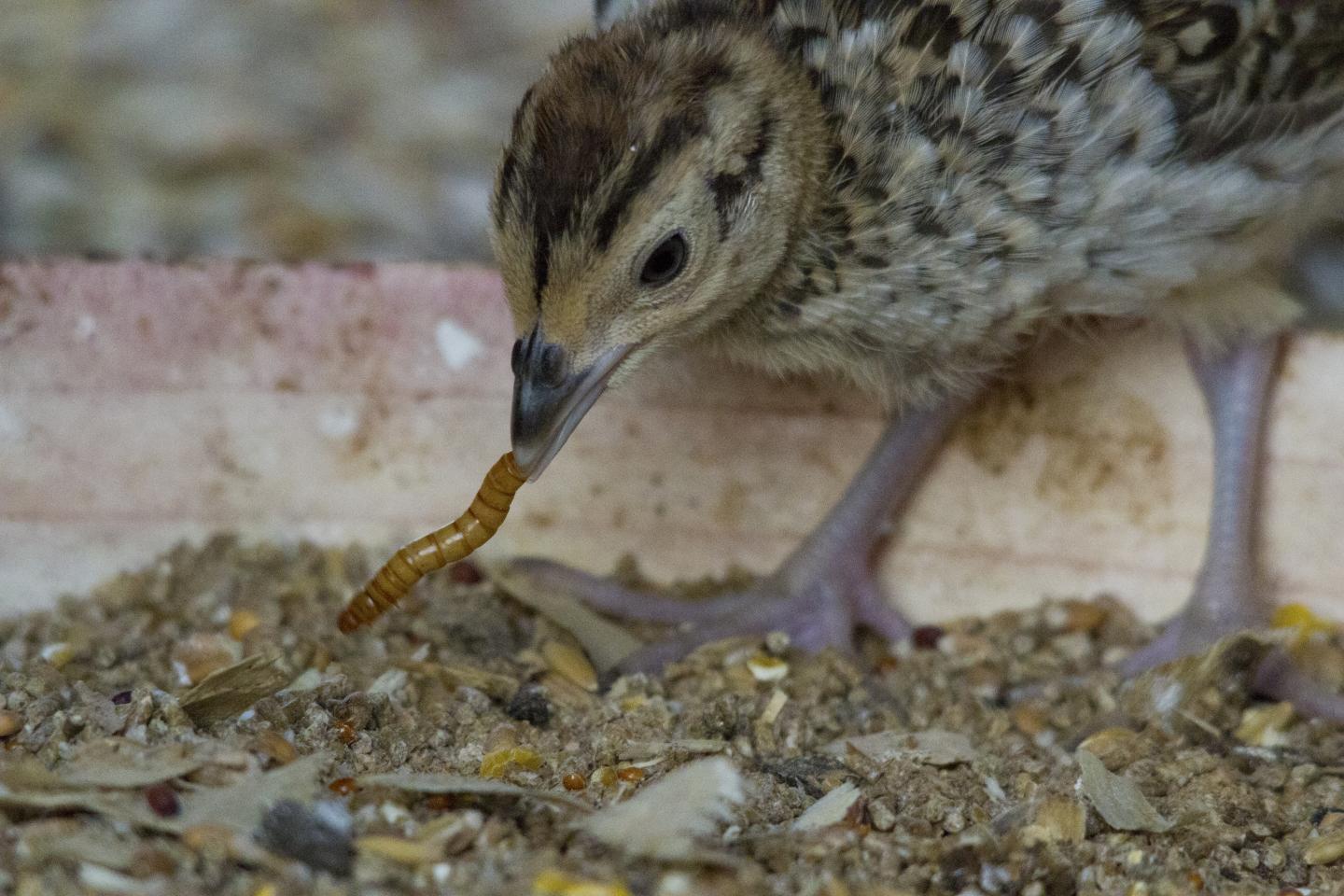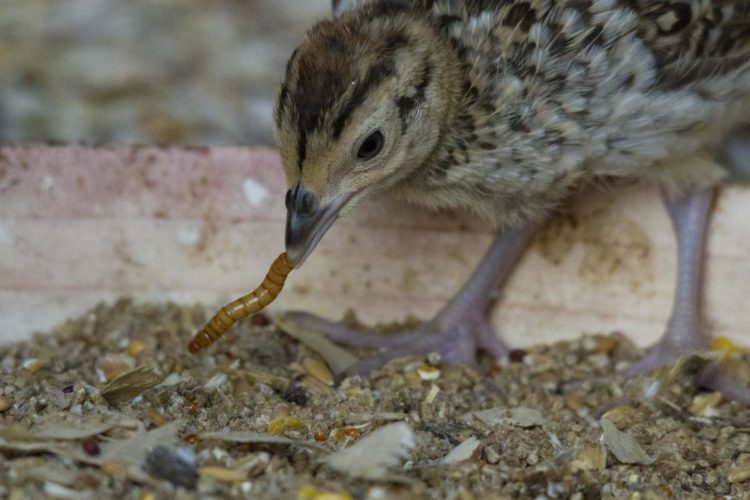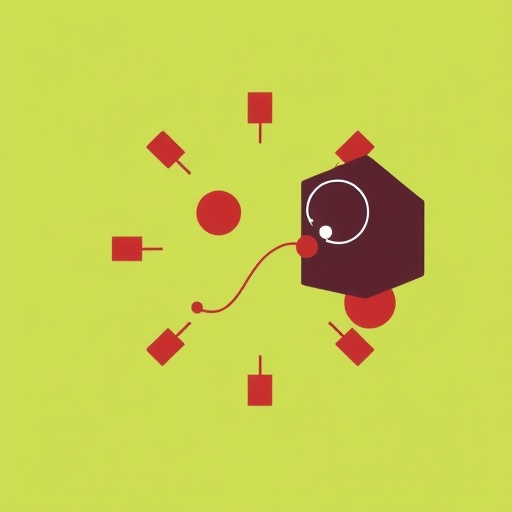
Credit: Martin Clay
Tougher early lives could help captive-bred game birds develop survival skills for adulthood in the wild, new research suggests.
Captive-bred pheasants and partridges start life in unnatural conditions, in sheds and pens with no adult birds, more densely packed and eating different food than they would in the wild.
They may grow well and avoid disease and predators for the first six to eight weeks, but then they are released into the wild – and they may be unprepared for this dramatic change in their living conditions.
University of Exeter scientists, working with Dr Francesco Santilli from the Italian Hunting Federation, say the current approach may be cruel while trying to be kind.
They say a “careful balance” is needed between conditions essential to maintain bird welfare in captivity and the welfare of birds once they are released.
More than 110 million game birds – mostly pheasants and partridges – are reared and released each year worldwide for recreational hunting.
“We know a vast amount of about the welfare of other captive-bred animals, such as chickens,” said Dr Mark Whiteside, of the University of Exeter.
“However, our review of the existing research reveals that we know almost nothing about how captive rearing affects the welfare of game birds after they’re released into the wild.
“We do know that captive-reared pheasants are much more likely to be killed by predators or suffer starvation after release than wild birds.
“We can’t be sure why this is the case. It might be because their early life conditions don’t allow them to develop the right behaviours to survive.
“We’ve been studying what changes would help reduce this problem and it appears that ‘mimicking’ natural conditions in captivity could promote more natural behaviour and make birds better able to cope with natural hazards.”
Dr Whiteside added: “Some of these changes may be good for birds both before and after release. Adding perches allows chicks to escape harassment by other chicks and also teaches them to roost off the ground at night – a good way to avoid predators in the wild.
“However, other changes – such as exposing chicks to imitation predators or making the food supply ‘unpredictable’ by changing the timing and location of feeding within the chicks’ enclosure – might be more realistic of conditions in the wild, but might also increase stress and reduce the short-term welfare of young birds in captivity.
“For the best possible welfare, we need to find the right balance.”
The researchers say the impact of any changes on later-life welfare would have to be tested, and the possible financial costs have not yet been assessed.
###
The paper, published in the February 2020 UFAW journal Animal Welfare, is entitled: “The welfare of game birds destined for release into the wild: a balance between early life care and preparation for future natural hazards.”
Media Contact
Alex Morrison
[email protected]
44-013-927-24828
Related Journal Article
http://dx.





